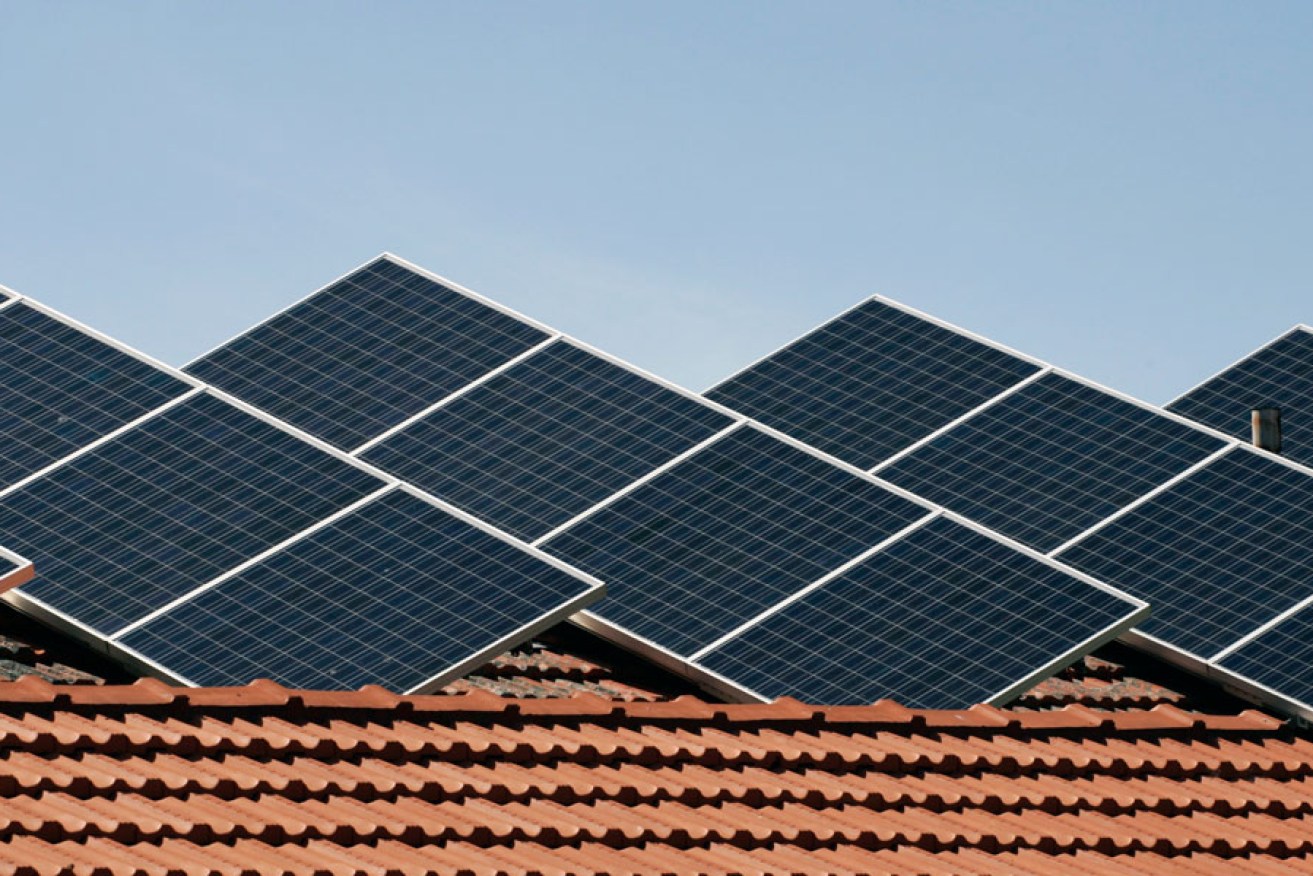SA to manage household solar energy going into grid
The State Government will fund a $10 million “voltage management” system to allow South Australian household solar panel systems to be disconnected from the electricity grid to avoid instability and blackouts.


State Minister for Energy and Mining Dan van Holst Pellekaan said the system would allow SA Power Networks to manage power going into the grid from household solar panels.
He said it was in response to the risk of future state-wide blackouts due to a large uptake of household solar energy.
“One of the challenges is that we now have approximately 278,000 homes with solar energy generation on their roofs … approximately 35 per cent of all households in South Australia aggregated – what we have now is the largest aggregated single source of electricity generation in the state,” van Holst Pellekaan said.
“But these roof-top solar generators are not connected, they are not managed.
“And that puts us at very, very real risk.
“What we now have is also an enormous amount of rooftop solar going into the grid through the middle of the day.”
The announcement follows a report by the Australians Energy Market Operator (AEMO) which found South Australia required improvements to the state’s grid power management in order to reduce the risk of another blackout.
According to the state-commissioneed report, the SA-NSW interconnector was key to the long-term security of South Australia’s electricity system.
“The delivery of the 800 MW Project Energy Connect will enable the continued growth of household solar installations whilst driving down the price of power and keeping the entire electricity system stable,” van Holst Pellekaan said.
“The State Government will also introduce new smart solar standards in South Australia, ahead of national changes, to ensure that new solar supports the grid during disturbances and can be managed like any other generator when needed to support energy security.
“The State Government is also underwriting a $10 million investment in voltage management by SA Power Networks.
“Bringing forward this investment will allow South Australia to securely host more rooftop solar and improve the quality of power received at people’s houses. This will also provide AEMO with a necessary backstop in times of emergency to manage the output of rooftop solar systems.”
van Holst Pellekaan said potential excess power as a result of solar panels could “break the grid.”
“This is not a market issue, this is not a politics issue, this is about physics and engineering. If we are putting more electricity into the grid than we are taking out of the grid for other consumption, we will have a state-wide blackout,” he said.
However, he would not say whether the initiative would add to household electricity bills for those with solar panels.
“If we do nothing, we have more blackouts,” he said.
The Minister said the government did not intend to limit the number of household solar panels in the state but “manage them better.”
“What this is actually about is dealing with voltage and frequency issues, primarily to do with voltage,” he said.
“People often think about blackouts as just a supply versus demand issue, that high demand haven’t got enough electricity, that was the world of the past.
“What we also need to be aware of is frequency and voltage. The system must deliver electricity that is at or extremely close to 240 volts, at or extremely close to 50 hertz.
“This is actually about trying to keep the rooftop panels through their inverters operating at times when we need them to, but also for a few hours, a few times a year dial some of them back to avoid a blackout also.”
However, Shadow minister Tom Koutsantonis said the government was missing an opportunity to invest in hydrogen.
“One of the advantages of renewable energy is when there’s an overabundance of it, it’s relatively cheap and that’s the time when you’d either store through a battery or pump hydro mechanism – or you could use it to use it to make another form of energy, like an electrolyser turning water into hydrogen,” Koutsantonis told InDaily.
“At times when the minister wants to turn solar panels off and ground that energy, you’re much better taking advantage of it and using it in heavy industry and trying to get a renaissance in manufacturing.
“I think it’s a wasted opportunity and the government doesn’t have the imagination and doesn’t understand the opportunity of renewable energy and they are more interested in going back to the past than moving into the future.
“The idea that the solution to grid instability is to stop energy generation says everything about their ideology and everything about their plan for growing renewable energy in South Australia.”
Want to comment?
Send us an email, making it clear which story you’re commenting on and including your full name (required for publication) and phone number (only for verification purposes). Please put “Reader views” in the subject.
We’ll publish the best comments in a regular “Reader Views” post. Your comments can be brief, or we can accept up to 350 words, or thereabouts.




